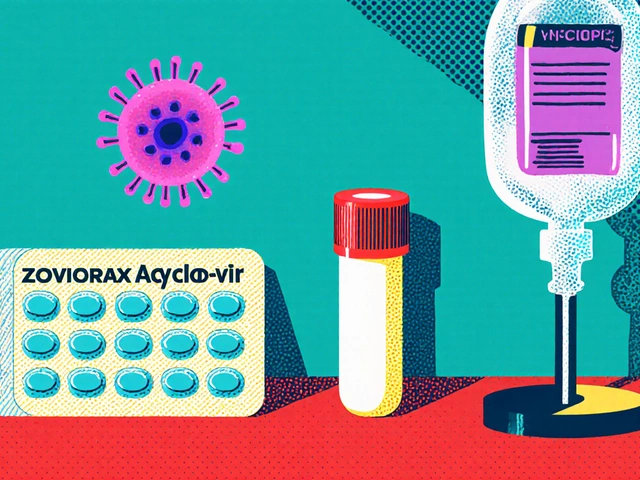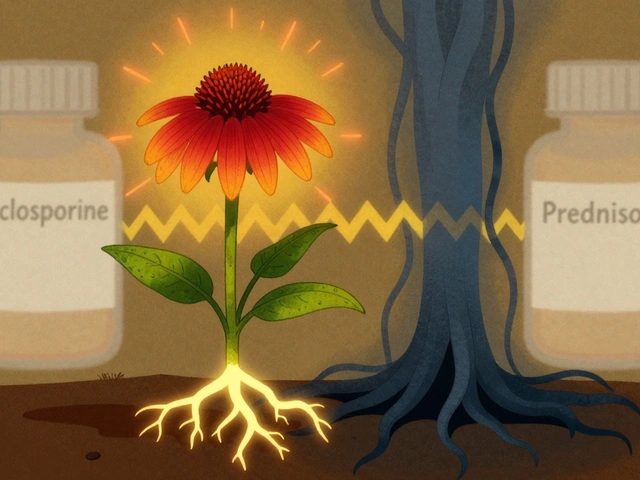Calcium Deficiency: What It Means for Your Body and How to Fix It Cheaply
If you’ve ever felt shaky legs, strange cramps, or heard that your teeth feel “off,” you might be low on calcium. It’s not just an older‑person problem—young adults, vegans, and anyone on a tight budget can run into it. Below we’ll break down why calcium matters, the warning signs to watch for, and practical steps to raise your levels without breaking the bank.
Why Your Body Needs Calcium
Calcium is the #1 mineral for bone strength, but it does more than hold up your skeleton. It helps your heart beat regularly, nerves send messages, and muscles contract smoothly. When you don’t get enough, your body pulls calcium from bones to keep those vital functions running, which can thin your bones over time.
Typical signs of a shortage include muscle twitches, tingling in hands or feet, brittle nails, and even mood swings. If you’re prone to fractures or have been diagnosed with osteoporosis, low calcium could be a hidden factor. And because calcium works hand‑in‑hand with vitamin D, a lack of sunshine or D‑rich foods can make the problem worse.
How to Fix Calcium Deficiency on a Budget
Good news: you don’t need expensive supplements to get back on track. Start with the cheapest calcium sources that pack a punch. A cup of fortified plant milk (soy, almond, or oat) often contains 300 mg of calcium—about 30% of the daily need. Canned sardines with bones, low‑fat cheese, and plain yogurt are also wallet‑friendly picks.
If you’re vegetarian or vegan, look for dark leafy greens like kale, bok choy, and collard greens. One cup of cooked kale can give you roughly 180 mg of calcium. Even a handful of almonds or sesame seeds adds a decent boost. Pair these foods with vitamin D sources—sunlight, egg yolks, or a modest D‑pill—to improve absorption.
When food alone isn’t enough, a generic calcium carbonate supplement is the cheapest pharmacy option. One tablet usually provides 500 mg of elemental calcium for a few cents. Take it with a meal to avoid stomach upset, and don’t exceed 1,000 mg of calcium per day unless your doctor says otherwise.
Finally, keep an eye on things that steal calcium away. Too much caffeine, soda, or high‑salt diets can increase calcium loss. Cutting back on those drinks and swapping salty snacks for fruits or nuts helps you keep more of what you eat.
Bottom line: Spotting calcium deficiency early and using everyday, low‑cost foods can keep your bones strong and your wallet happy. Check your diet, add a few calcium‑rich staples, and you’ll feel the difference without hunting down pricey pills.
Got more questions about calcium or other affordable health hacks? Browse our other guides for cheap meds, supplements, and practical tips to stay healthy on a budget.

Rickets and Gluten-Free Diet: Exploring the Possible Link
An in‑depth look at whether a gluten‑free diet influences rickets risk, covering nutrition, celiac disease, and practical tips for families.




